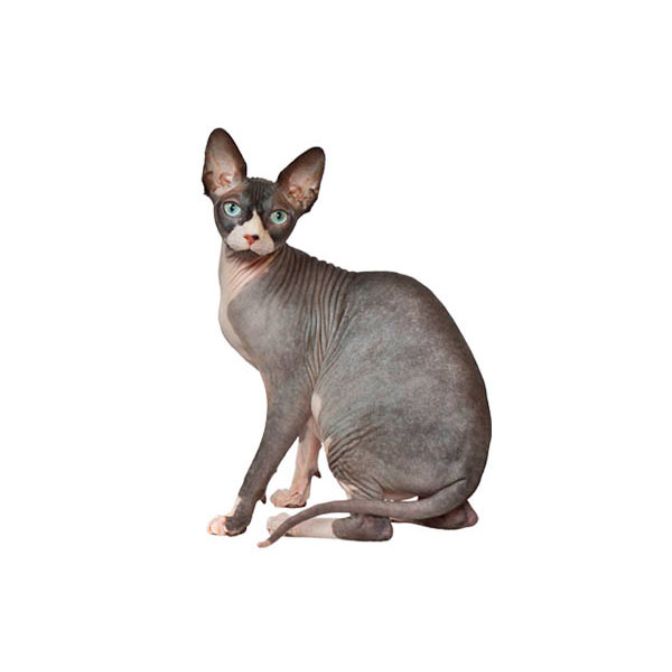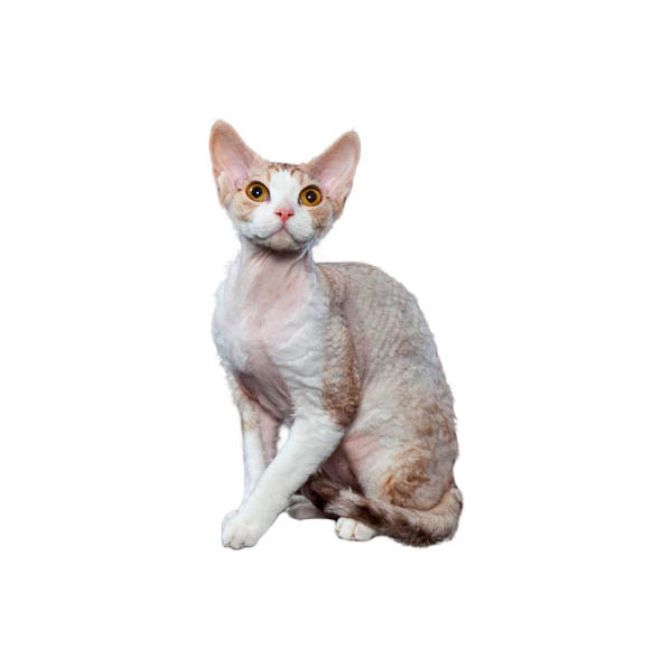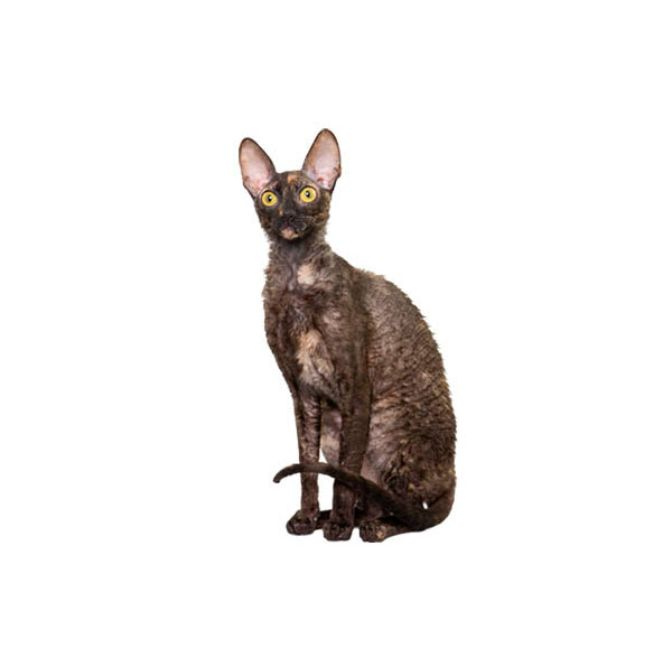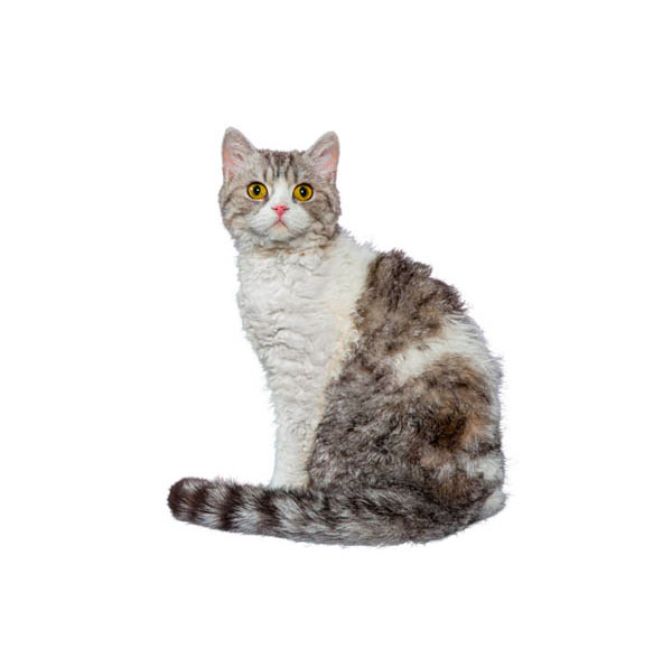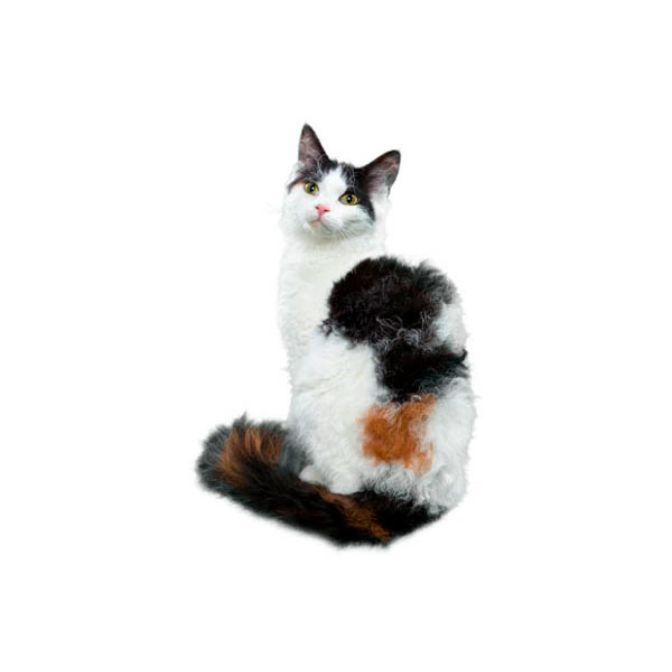Sphynx Cat
The most obvious feature of this striking cat is their lack of a fur coat; however, Sphynx cats vary in the degree of hairlessness, with some having a very fine ‘peach fuzz’ all over and others just a fine fuzz over the extremities. Due to the lack of fur, the Sphynx cats bone structure and musculature is there for all to see, and this is a remarkably robust cat, built on elegant long lines, with somewhat loose skin that forms wrinkles in some places.
Medium
Hairless
Medium
3.5 to 7kg
Sphynx cats come in all colours and coat patterns, which can be seen in the very fine fur on their faces, and the pigmented skin over the body.
The Sphynx is an outgoing cat that is very affectionate. They are very warm and soft to touch, and this must one of the most appealing things about the Sphynx as to many people they are not the most attractive cats to look at. They do tend to be something of a conversation piece. Although they do not appear to suffer unduly from the cold, central heating is probably appreciated.
The main feature of a Sphynx is its lack of a fur coat! The head of this medium sized cat resembles that of a Rex although there is no genetic relation. The nose is short, and the nose leather reflects the colour of the body. The eyes are deep set and the shape of a lemon; the eye colour should reflect the colour of the body. The body is fined boned but muscular and has a barrel chest. The legs are long and slender and have a bow-legged appearance caused by the barrel chest. The paws are neat and oval shaped with long toes. The tail is long and tapering and hard to the touch. Although they are called hairless, they do have a covering of very fine hair all over their body but they do not have any whiskers or eyelashes. Their skin temperature is higher than that of normal coated cats. They are extremely warm and soft to touch and have earned the name of the 'suede hot water bottle'. Unusually for a cat the Sphynx sweats over it's whole-body surface and needs to be regularly bathed or sponged to remove the oily secretions.
8 to 14 years
The Sphynx can be any colour or pattern and the eye colour and colour of paw pads and nose leather should harmonise with the body colour. The skin is wrinkled on parts of the head, body and legs but should be taut everywhere else.
As they have no real hair grooming is not a problem with the Sphynx. However, because they sweat it is necessary to sponge them down regularly to remove the oily residues, otherwise sores can appear in the skin folds.
Owners must pay meticulous attention to keeping the Sphynx's coat clean and supple. Aside from this, the Sphynx does not have any specific health problems and can live a long active life. It is advisable, as with all cats, to have an annual health check from about the age of eight or nine to check teeth and liver and kidney function.
The Sphynx will require approximately 80 Kcals of food per kg of bodyweight per day. They are not prone to obesity and tend to limit their dietary requirements themselves.
Hairless cats have been known for generations and the Aztecs are said to have kept hairless cats but the Sphynx is the first hairless cat that has been bred specifically for that trait. The breeding programme began in 1966 in Ontario, Canada and they are developed from a hairless mutant.
Although often described as suitable for allergy sufferers, this is only true of the most hairless examples, and only true if the sufferer is allergic to hair, rather than cat saliva or dander.
Most of the modern Sphynx cats today are descended from two kittens found in Minnesota in 1975, and three kittens found in Toronto in the 1978.
